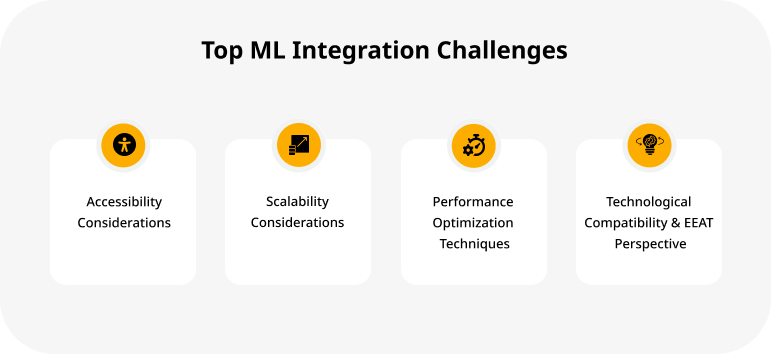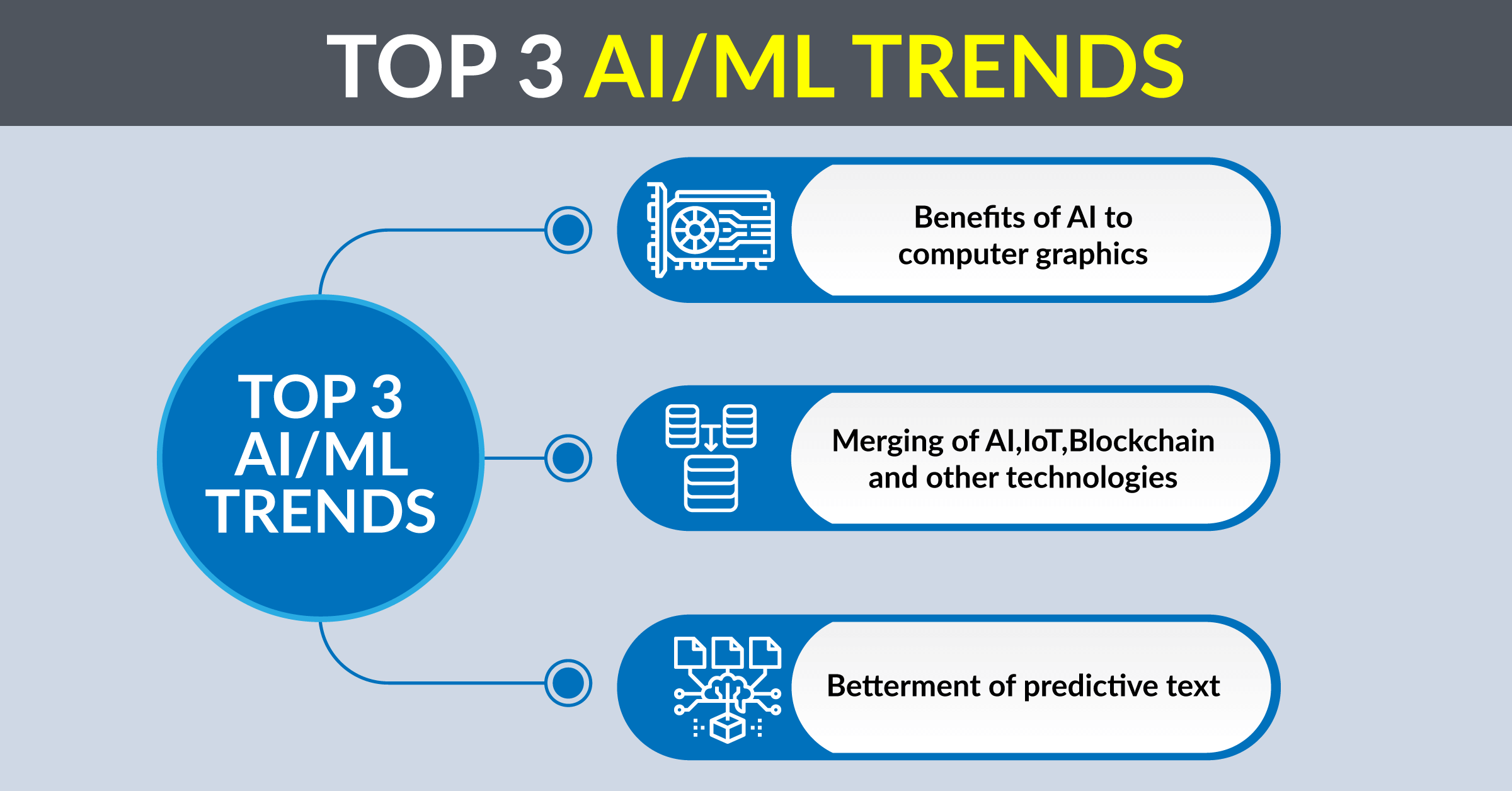Integration of Machine Learning in IT Operations
The integration of machine learning in IT operations is transforming predictive analytics by enhancing data-driven decision-making. This chapter explores predictive and prescriptive analytics, emphasizing how companies utilize these technologies to forecast future trends and optimize outcomes. Predictive analytics is revolutionizing sectors like healthcare, with the market projected to reach $128.2 billion by 2033, driven by the need for fraud detection and operational resilience. The role of machine learning extends to improving network operations, proactive maintenance, and risk assessment in various industries.
Challenges in ML integration include data preparation and the necessity for sophisticated algorithms to manage and interpret vast data sets. Companies are increasingly adopting machine learning to overcome these barriers, leveraging AI to drive operational efficiency and business intelligence. The rise of data analytics tools highlights the growing demand for advanced skills, leading to the development of specialized courses and training programs.
The benefits of machine learning in IT operations are manifold, offering enhanced business efficiency and cost reduction. By optimizing processes, machine learning facilitates strategic decision-making, as evidenced in sectors like e-commerce and finance. The future of machine learning in IT operations is promising, with ongoing innovations poised to further transform the landscape. Advancements in AI and machine learning are expected to continue shaping the digital future, promoting sustainability and resilience across industries.
1. Understanding Predictive Analytics
Predictive analytics, a subset of advanced analytics, employs historical data in combination with machine learning (ML) and statistical modeling to make future predictions about systems and human behavior [2][9]. This form of analytics is instrumental in various business applications, aiding companies to forecast trends and optimize operations [1][8]. By leveraging AI and ML, predictive analytics processes historical data, uncovering unseen patterns and relationships which guide decision-making [11]. As the global market for predictive analytics expands, driven by data availability and technological advancements, its application spans multiple industries such as healthcare, pharmaceuticals, and finance [4][10]. The adoption of predictive analytics is further fueled by the need for real-time insights, fraud detection, and cybersecurity [7]. Moreover, predictive analytics aids in personalizing customer experiences and enhancing learning operations, contributing significantly to the fields of marketing and education by improving customer understanding and streamlining tasks [6][5]. Additionally, its transformative potential is evident in healthcare, where it plays a critical role in predicting patient outcomes and optimizing care delivery [3]. As businesses and industries increasingly rely on data-driven insights, predictive analytics is poised to become a cornerstone of operational resilience and strategic planning [12].
2. Machine Learning Techniques in IT
Machine learning (ML) techniques have been integral in advancing various fields, from predictive analytics to data classification. A fundamental application is in spam detection, where ML algorithms can analyze past emails to identify subtle and complex patterns, distinguishing spam from legitimate communication [16]. The versatility of ML is further demonstrated in healthcare, where algorithms predict outcomes in disease detection, such as cardiovascular disease [18]. ML's predictive capability extends to fields like cybersecurity, where it is employed to detect malware by analyzing behavioral patterns [17]. NASA has utilized machine learning to filter data for analyzing Mars samples, highlighting ML's potential to enhance data analysis efficiency in space exploration [14]. Quantum machine learning, which integrates quantum algorithms with ML, represents a frontier in algorithmic development, pushing the boundaries of computational capability [13]. The pioneering term "machine learning" was introduced by Arthur Samuel, reflecting its longstanding relevance in artificial intelligence and computer gaming [15]. Across disciplines, machine learning enables the analysis of large datasets, extracting meaningful insights and optimizing decision-making processes [19]. It allows systems to learn from historical data without explicit programming, thereby advancing automation and efficiency in numerous applications [20].
3. Challenges of ML Integration
Integrating machine learning (ML) into existing systems presents several challenges across different domains. One significant issue is integrating ML algorithms with existing healthcare systems and workflows, which can be complex and cumbersome [21]. Performance challenges also emerge when ML techniques are deployed in large-scale settings, highlighting scalability concerns [22]. Furthermore, in clinical practice, the integration of ML into systems like clinical decision support (CDS) involves navigating structural and organizational challenges to ensure equity and effectiveness [23]. Another broad category of challenge involves the multimodal integration of clinical data, which includes issues related to data engineering, curation, and governance provisions [24]. Addressing these challenges often involves incorporating continuous integration, testing, and delivery principles, allowing practitioners to streamline development processes and enhance collaboration [25]. Ethical considerations, data security, and the quality of data are also critical concerns that need to be addressed to ensure responsible implementation [26]. The need for frequent retraining of ML models due to data drift further complicates the integration process, making scalability and sustainability vital considerations in machine learning operations [27].
4. Benefits of ML in IT Operations
The integration of machine learning (ML) into IT operations offers numerous benefits, as it leverages insights from historical data to improve operational efficiency and accuracy. MLOps, which combines principles from DevOps, is essential for streamlining the ML lifecycle, ensuring consistent model deployment and management across organizations [29][30][32]. This approach facilitates collaboration between data scientists and operations teams, optimizing workflows and enhancing communication [31][33]. ML can transform IT operations by automating repetitive tasks, thereby increasing efficiency and reducing the need for human intervention [34][35]. In addition, ML algorithms are capable of harnessing insights from data to enhance cloud operations, making systems smarter and more transparent [30]. The deployment of ML models also supports explainability, ensuring that complex algorithms are understandable to decision-makers [28]. Overall, the adoption of MLOps and ML in IT operations leads to significant improvements in productivity, cost reduction, and operational accuracy [34][35][31].
5. Future Trends and Innovations
Future trends and innovations in the integration of machine learning (ML) in IT operations emphasize the role of predictive analytics in anticipating changes and making informed decisions. ML is highly effective at identifying patterns and predicting future trends by analyzing large datasets, which allows organizations to make proactive decisions [36][38]. This capability is critical across various sectors, including healthcare, where ML aids in predicting future trends for improved diagnostics and personalized treatment options [41]. In Canada, ML models have been used to predict trends in veterinary practices, showcasing the technology's potential to forecast trends in diverse fields [37]. Furthermore, the integration of AI and ML technologies is a significant trend in optimizing cost operations, signaling a shift towards more efficient IT operations management [40]. The ability of ML to transition analytics from reactive to proactive is crucial in developing future-ready solutions, offering organizations a competitive edge [39]. As ML continues to evolve, its applications are expected to expand, driving innovations in various domains and paving the way for more strategic use of predictive analytics [42]. This progress will necessitate ongoing adaptation to new methodologies and an understanding of current practices to fully leverage these emerging technologies.

![[Infographic] Predictive Analytics - What's it all about?](https://blog.hurree.co/hs-fs/hubfs/Predictive-Analytics-infog.png?width=2874&height=6063&name=Predictive-Analytics-infog.png)

















